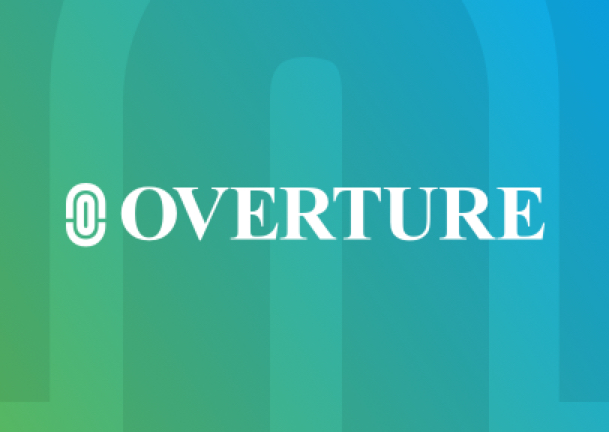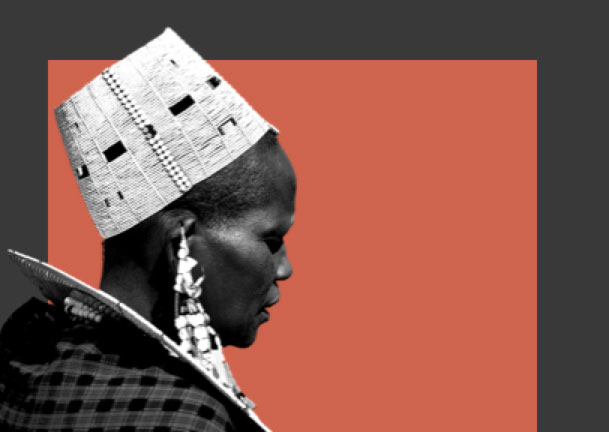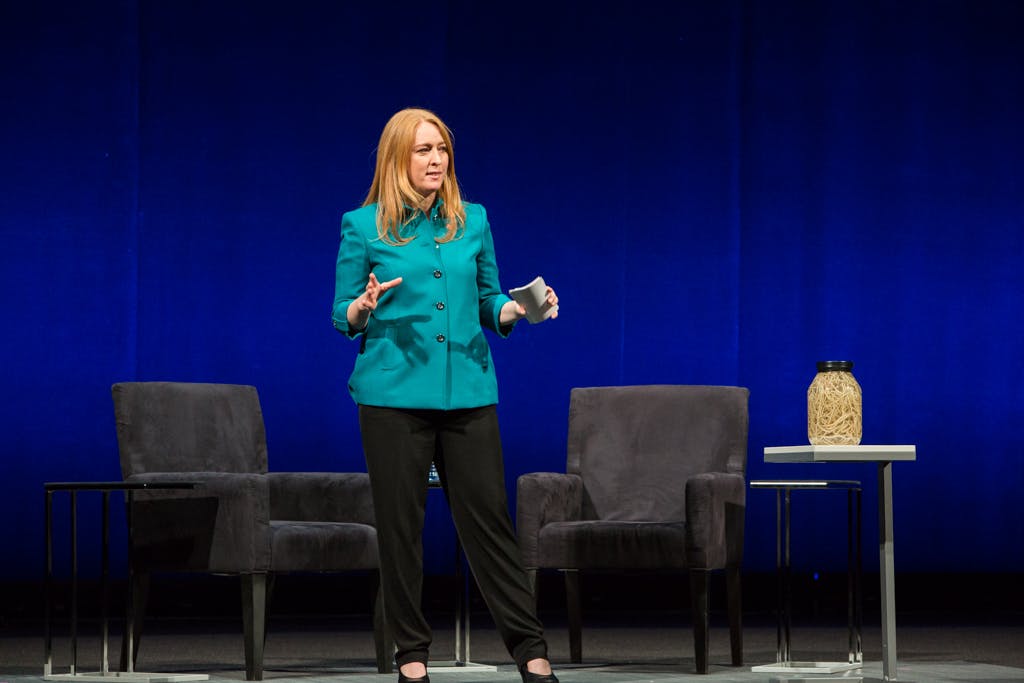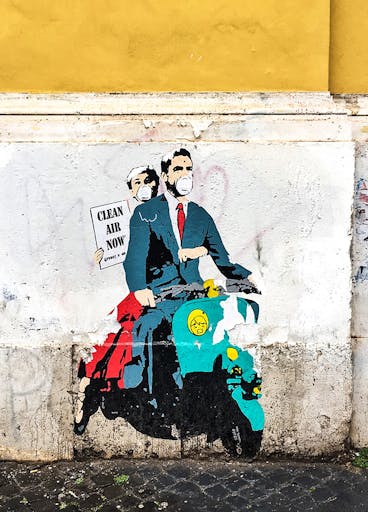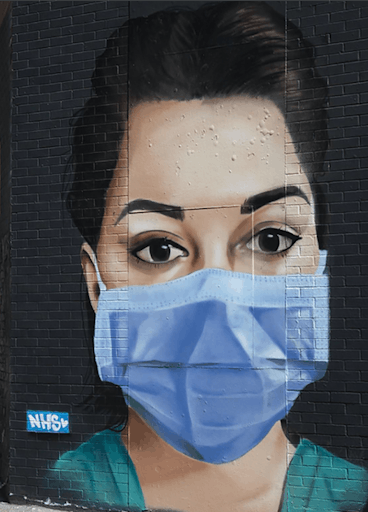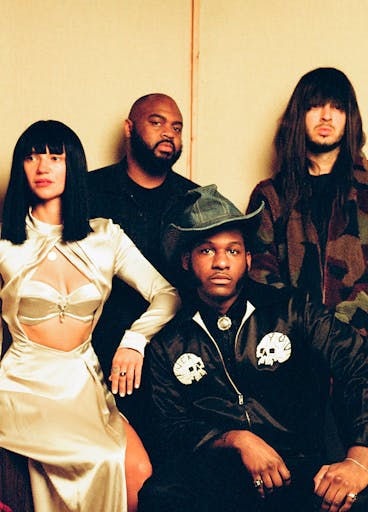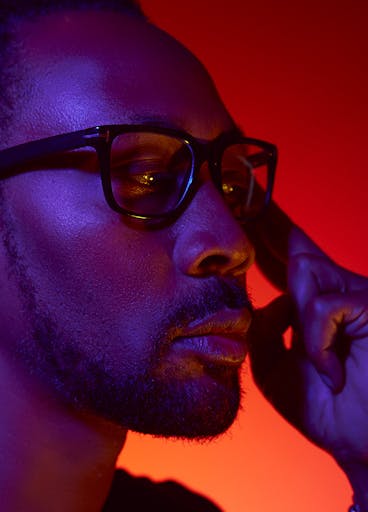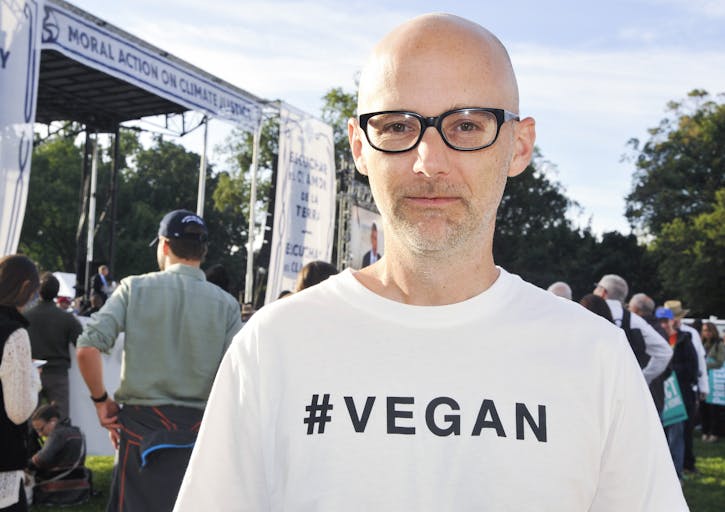When I catch Ellen Agler on the phone, she’s in London for the United Kingdom launch of her new book Under the Big Tree: Extraordinary Stories from the Movement to End Neglected Tropical Diseases, which she cowrote with Mojie Crigler. After becoming CEO of the END Fund, a private philanthropic initiative dedicated to ending neglected tropical diseases (NTD), Agler has managed to make these overwhelming and complex health problems understandable to everyone—a major achievement.
In her book, Agler writes about how her group has managed to mobilize help in the poorest of places, and describes the devastating impact of these diseases on the people she has met. It is earnest, authentic, and so accessible that it is getting almost as much attention from the UK’s general public as those working on global health projects.
The tropical diseases the End Fund is working to eradicate are known as the “big five”: intestinal worms, schistosomiasis, lymphatic filariasis, trachoma, and onchocerciasis (river blindness).
Eradicating intestinal worms is critical. Doing so can reduce absenteeism in school children by up to 30 percent and generate a return of 82 percent per year through higher earnings.
Those who saw Agler’s TED Talk about the END Fund may not remember all the details, such as the fact that intestinal worms affect as many as 1.5 billion people worldwide, or that the most common are hookworm, ascaris (roundworm), and trichuris (whipworm), but they will remember her friendly, conversational tone and the huge jar of worms she brought to make her point. Containing around 200 worms, the jar holds about the same number a child could have in her stomach while suffering from only a moderate worm infection. This is exemplary of Agler’s way of making sure these health problems are no longer neglected.
Her strategy is working, because since launching in 2012, the World Health Organisation (WHO) reports that the global NTD community has treated 1 billion people—and the END Fund's work plays a crucial role in this global NTD ecosystem. She spoke with Overture about her work with the END Fund and the topics from her book.
This book launch is an exciting new chapter in your life and for the END Fund. What do you hope it will achieve?
I think it's doing what we hoped in many ways, which is providing an easier-to-understand narrative and telling really human stories about people on every level. It’s not technical or jargony and includes people living with the diseases. I really tried to capture a whole constellation of perspectives and show what it takes to have a global movement. A lot of collaboration, a lot of moving the needle at all these different levels, from community to global policy, so a lot of people have really commented on the book as being a helpful case study for other diseases that we might want to tackle globally.
I've been working in global health for close to 25 years, so in many ways it is a continuation of just trying to focus on the work and have an impact and help improve lives, but the thing that's different about neglected tropical diseases—because they affect 1.5 billion people—is that the scale is massive, but so is the opportunity to bring solutions.
How was the book received in the United States and elsewhere?
What's amazing is that we had our first launch in New York City, which is where the headquarters of the END Fund is, and then a week later we did an event in Doha [in Qatar] at the World Economic Forum—a very global event. It is just a great tool to give all the policy makers, CEOs, and heads of civil society groups and heads of state. We had another book event in Harare, Zimbabwe, where they were so excited to have part of the Zimbabwe story in the book. We donated books to the university—all the university students wanted to read it.
It really feels like you’re closing a gap on subjects that were traditionally restricted to academic journals by telling stories that people can relate to.
I really appreciate you saying that, as that was the goal. We’re trying to demystify all the different elements that you need to have people involved in this—from a policy perspective, philanthropy, medicine, public health, and marketing. I see people hosting book clubs and discussing this book in Middle America, and it's being read by policymakers. It has been a great communication and advocacy tool.
It must have been difficult to shortlist stories for the book out of the hundreds of people you have met. Can you tell me one of the stories that particularly sticks out in your mind?
If you meet people with trachoma in the villages, one of the things that happens if you have the advanced stage is that your eyelashes start turning inwards. Every time you try to blink, they describe it as sandpaper scraping across your cornea. It’s extremely painful, and it will lead to the progression of irreversible blindness. The women literally carve their own handmade tweezers and wear them as a necklace, and are constantly plucking out their eyelashes to alleviate that pain.
It seems as though since the END Fund started in 2012, it has been the catalyst for a big shift in global health care for NTDs.
What happened in 2012 is that there was the launch of a global road map about what the end goals are for these diseases, and our collective action towards them—we really had clarity from the World Health Organization about what this global road map looks like, and a lot of coordination over the years from everyone involved in the sector.
I definitely feel we've helped to catalyze a lot of resources through supporting local organizations on the ground. In 2018, the END Fund helped to support organizations in more than 25 countries and treat over 134 million people who are at risk or suffering from an NDT—it’s phenomenal. But the entire global movement that we're a part of and coordinate with closely has helped treat 1 billion people. That’s the third year in a row we've been able to collectively reach a billion people with NTDs. In 2012, it was much lower than that.
One of the END Fund’s videos shows one of the drug distributors, Umar, delivering medicine to the community, and we understand they wouldn’t accept it if it wasn’t a trusted member of their community offering it to them. How do you organize this kind of community outreach work on such a large scale?
I think we are building on the great work of many others, and this idea that community drug distributors or community health workers has been pirated across the years. If half your population needs treatment, you're not going to treat it through health facilities. And if people suffering from these diseases live in the most rural communities, you’ve got to globalize an army of people.
Tens of thousands of drug distributors' community workers are involved in the treatment—and not only involved in the treatment, but also in educating the community about prevention and water sanitation, and making sure these diseases don’t resurge.
How does the END Fund operate and have such a positive impact?
The END Fund was founded by a group of philanthropists who had found NTDs an area that had very little private philanthropy. They thought, instead of just a lot of people doing separate initiatives, could we co-fund a common platform—the END Fund—and then support a whole group of organizations doing this work that can then scale up? So, taking a portfolio view.
If we fund 25 different organizations, you can exchange lessons learned between them, you can have a greater impact with some of your investment, and also be a learning community and avoid duplication. At the END Fund, we have a technical team that helps the program design and performs technical management, and engages with the broader neglected tropical diseases community. It would be hard for a lot of individual philanthropists to learn about all of the sector, and who the partners are, so they are relying on sector experts to invest the funding in the most high-impact way. It means we spend a ton of time coordinating—keeping up to date with what is the best technical way of structuring the programs and advocacy.
I think that fund model is part of a growing trend—philanthropists wanting to do things collaboratively, and realizing that going it alone isn’t going to solve the biggest problems in the world.
What is the ROI for philanthropic investors with the END Fund?
I think that the ROI that is measured is valued in terms of the number of people treated—how much, over time, we’ve been able to find efficiencies within the system. We’ve talked about it being $0.50 per person per year, but in some cases we’re getting that down to $0.20 per person per year.
And also I think of the transaction cost. If you have 20 different organizations of philanthropists trying to coordinate, that would put a burden on the local ministries of health, so we can be one vehicle that makes it easier to coordinate with the governments in Africa. I think it is that return of how we create efficiency for high-impact funding, and how do we make sure we’re coordinating whatever other funding might be in this space.
It’s a social return—a return on what is the cost per individual life improved, and what is that economic benefit for the population.
Can you describe some of your biggest challenges as CEO of the END Fund?
Even though we’ve had success raising awareness for these issues, there is still a very small trickle of global health funding going to tropical diseases in comparison to the 1.5 billion people who need treatment. There is still a long way to go.
The complexity around “end.” They can’t be fully eradicated, they have to be controlled, so we have to have surveillance in place, and that requires a level of investment from certain health systems.
The way we got rid of worms in the West was just general economic development. This issue is nested within a lot of other issues, like poverty and economic development, so we can reduce a lot of suffering, but health systems need to be strengthened along the way. So there is still a lot to be done.
What can people do to support the work you do at the END Fund?
Write about it. Talk to people about it. Read the book and pass it on. If you know people doing book clubs, we have actually created a full curriculum guide, and you can use it in tandem at the university level.
I think also if anyone has a link to developing countries where the diseases are endemic, we’re a global community—so we all have a link, raising it as a point of discussion.
I think NTDs are really special, because a donation of any size will help—$1 can help one or two people, and $1 million can help take care of an entire district. There truly is a funding gap, and the funding covers delivery of the medicine. The pharmaceutical companies are donating around $4 billion per year to treat people—they are incredibly generous and engaged.
Right now there’s not enough funding to deliver the medicines that are being made and on offer, so I think the fund-raising itself is really important.
